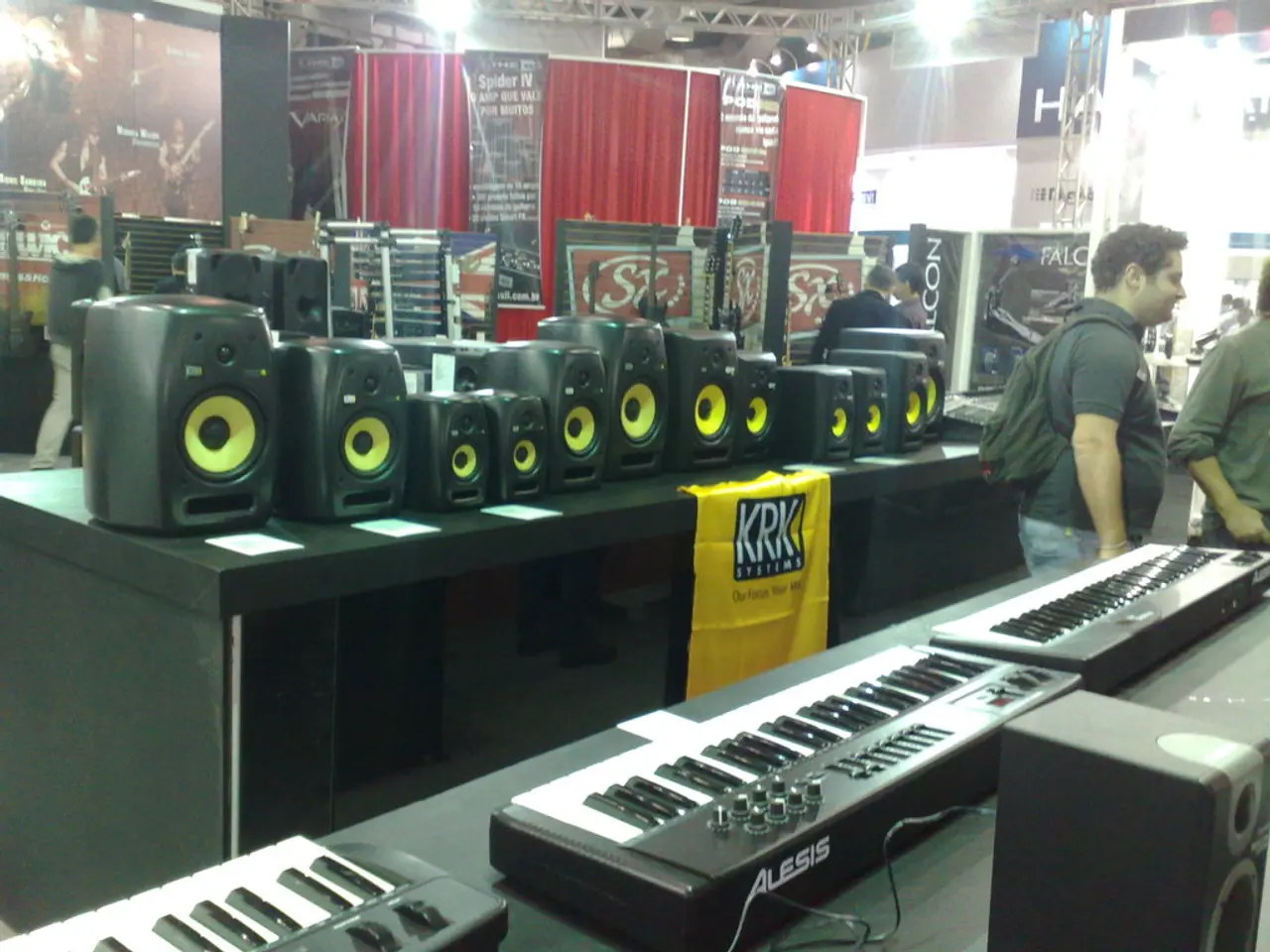Decline in Performance: This explains the deteriorating trend.
In the latest financial quarter, Austrian energy giant OMV reported a series of developments that showcased both resilience and challenges.
One of the key highlights was a rise in fuel sales, with the company selling 4.20 million tonnes of fuel, marking a significant increase. However, the realized oil price for OMV dipped to $66.20, its lowest in five quarters, reflecting the volatile global oil market. Interestingly, the average Brent oil price in Q2 2025 was $67.88 per barrel, a decrease from $75.73 in the previous quarter.
In the refining segment, plant utilization dropped to 83%, while the gross margin per barrel rose to $8.08. Despite the decline in utilization, the improved gross margin suggests an increase in efficiency. Oil and NGL production remained stable, and gas production dipped to 276,000 barrels in Q2 2025.
A bright spot in OMV's Q2 2025 performance was growth in its chemicals business. The sales volume of polyolefins, a key product in the chemicals sector, rose slightly to 1.63 million tonnes. The margins for ethylene, propylene, polyethylene, and polypropylene in OMV's chemicals business also improved.
However, the utilization rate of European steam crackers for OMV fell to 82%, indicating a slowdown in production. Total production for OMV in Q2 2025 was 304,000 barrels of oil equivalent per day. The average TTF gas price also fell to €36.37 per megawatt-hour in Q2 2025. Natural gas production for OMV decreased in the same quarter.
OMV's stock, trading under WKN: 874341, experienced a slip in today's trading, despite a strong performance and a favorable valuation. This drop can be attributed to several factors. The company's second-quarter trading update suggested that earnings might miss consensus expectations for EBIT and net income by less than 5%. This news could have led investors to adjust their expectations, contributing to the stock price decline.
Furthermore, the stock experienced a fluctuation with a small rise in volume on falling prices, which can be an early warning sign of increased risk. This increased risk perception might deter some investors. The overall market sentiment and economic environment can also influence stock performance, and factors such as exchange rates and commodity prices, as mentioned in the trading update, could impact investor confidence.
Additionally, diverse analyst ratings, with some maintaining a "moderate sell" while others recommend a "strong-buy," can create uncertainty among investors, potentially leading to volatility.
Despite the recent slip, OMV's stock remains attractive, with a favorable valuation, solid balance sheet, strong market position, and positive outlook. The stop-loss for OMV's stock remains at €35.00. The company's stock performed strongly after a significant dividend cut, indicating investor confidence in its long-term prospects.
In conclusion, OMV's Q2 2025 performance was weaker due to declining energy prices and reduced production. However, the company's resilience in its chemicals business and stable oil and NGL production offer hope for a recovery. The recent stock slip can be attributed to a combination of factors, including earnings expectations, market sentiment, and broader market conditions.
In the realm of the industry, OMV's financial performance in Q2 2025 was affected by the dip in average TTF gas price and the drop in energy production, such as oil and natural gas. However, the company showed resilience in the finance sector through its growth in the chemicals business and stability in oil and NGL production. (First sentence)
The energy sector of OMV, despite facing challenges such as reduced plant utilization and a fall in European steam cracker utilization rate, still holds potential for recovery, particularly in the chemicals business. This is evident through the increase in sales volume of polyolefins and improved margins for ethylene, propylene, polyethylene, and polypropylene. (Second sentence)




